“I still shudder when I think of that hot June afternoon,” recalls Owais, his face in deep shadows of sorrow. “My children and I were going home on my motorcycle and my youngest three-year-old son Khizar sat on the tank of motorcycle. We were passing by Masti Gate, in Lahore’s inner city, when suddenly Khizar screamed, and the next minute I saw blood gush out of his neck.”
Owais remembers how he quickly braked and stopped the motorcycle, only to see a metal kite string attached to Khizar’s neck, that it slit just like a sharp dagger. The little boy lost his life before reaching hospital. “It has almost been three years since the incident, but our wounds are fresh, while the killer who was flying the kite with a metal string roams free and clueless of what his actions led to,” says the distraught father.
Owais laments that every government claims to take strict action against kite flying, yet it is rampant and hundreds of people are getting injured or killed. “The bureaucrats do not understand the pain of those parents whose children have lost their lives to the killer string,” he says.
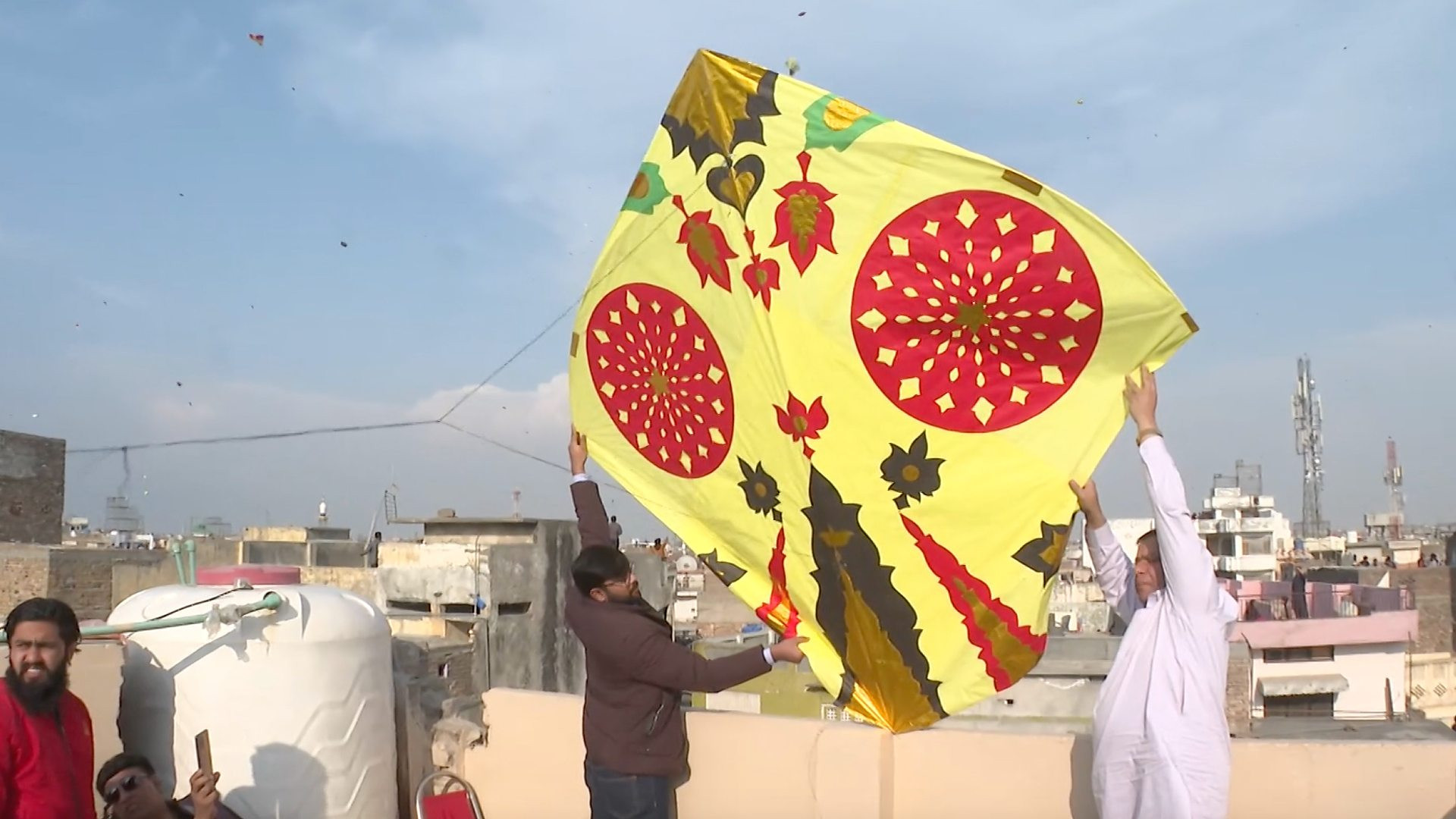
Tradition to tragedy
According to newspaper reports of the last few years, more than 15 people have died and hundreds injured in Punjab as a result of their throats being slit by metallic kite strings.
A few days ago, 22-year-old Ashfaq died in Faisalabad when a kite string slit his throat. Last month, a child was electrocuted by a main power supply line in Sargodha while trying to catch a kite. An eight-year-old boy was killed in Pattoki, Punjab when he fell off the roof trying to catch a falling kite. In 2018, 40-year-old Shoaib and three-year-old Mahrukh died in Sherakot, Lahore after a kite string slashed their throats. In May 2021, a young man named Asif was killed in the same manner in Faisalabad.
Most of these incidents are reported in big cities such as Lahore, Faisalabad, Rawalpindi and Gujranwala. Two decades ago, kite flying was a seasonal festival and family pastime. Youngsters and children used to fly kites with a simple string or a spindle of sewing thread. There was no risk of loss of life posed by this type of kite string.
Apart from dangerous string, there should be a law against the sale and flying of kites larger than a certain standard size because these larger kites are heavier and stronger, and the strings attached to them more damaging.
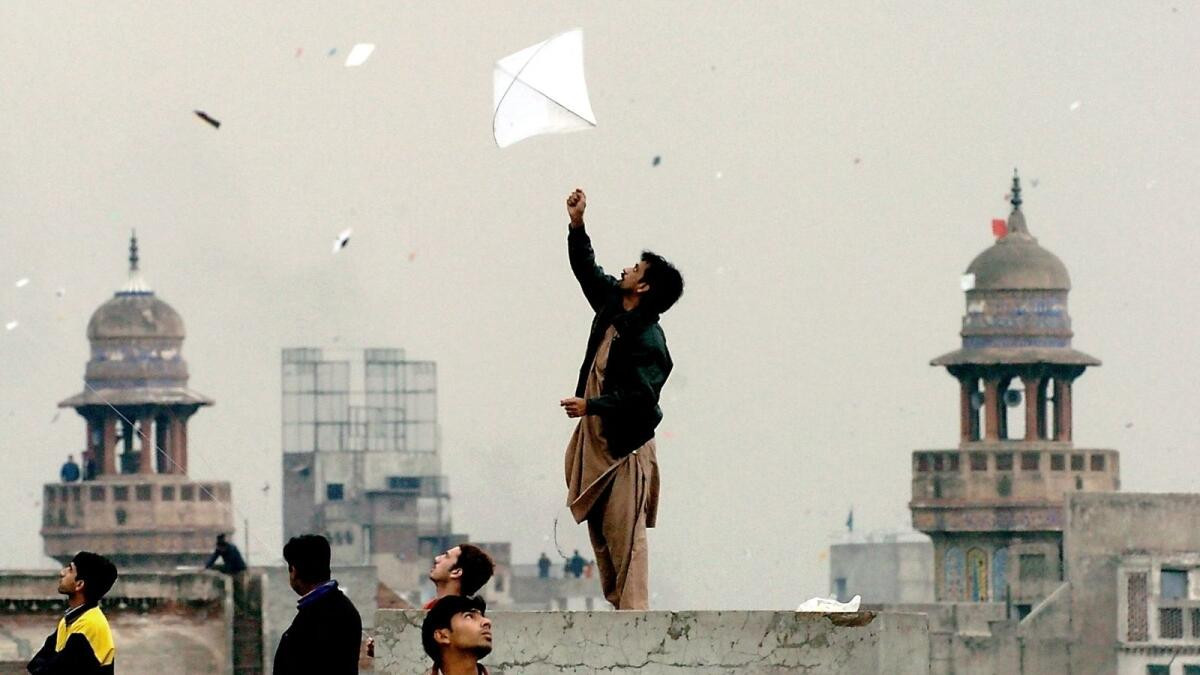
A thin piece of metal wire would be tied in front of the string to fly the kite, so that it could easily cut another kite. But when a huge kite fell on power lines, it would often damage transformers to the extent of being blown away with an explosion. This is the reason why kite flying became a nightmare for WAPDA, costing them millions of rupees while the public had to bear the agony of power suspension.
Traditionally, only cotton thread was used in kite string, which broke easily and posed no danger. The danger began with the use of a nylon-polyester-cotton string that does not break easily and can kill.
With the passage of time, kite flying has become life threatening because the maanjha (a paste used to strengthen kite strings) used on the string is manufactured with metal, chemicals and crushed glass to sharpen the string so that it cuts everything in its path.
Kite flying enthusiasts Imran Siddique, Muhammad Khalid, Shoaib Shariq, and Heera Gujjar, believe that it is the use of this deadly string that makes kite flying a bloody sport.
Glass powder and starch are used to polish kite string for sharpness while chemical polish and easily available adhesives like Elfy meant for bonding plastic, metals, wood and other nonporous materials are also used to sharpen the string.
Haji Arshad, an elderly resident of the inner city of Lahore, recalls a time when Basant festival was the hallmark of Lahore. On this occasion, guests and dear relatives would arrive from distant parts of the country and even abroad. Festive food was prepared, homes were decorated, and music blared. When someone's kite was cut, the sky echoed with celebratory chants of bokaata. This has now been replaced by aerial firing and the use of dangerous strings to mar the fun of the activity. While trying to catch a kite falling from the sky, many people get electrocuted or lose their limbs by falling off the roof.
Enforcement of the ban on kite flying faces challenges. Due to the ban on kite flying, if a kite is flown from the roof of a house, the police end up searching homes for the person flying the kite, distressing the residents who often have nothing to do with that person or the kite.
That’s not all. Sometimes there are brawls and fights over kites, and shooting is involved which results in injuring people who had nothing to do with kite flying. “Often, a kite is flown in one corner of a city, but someone in another place will suffer from an accident caused by it,” says Mohammad Arshad, a senior lawyer. “The killer is clueless about the damage done by his action. There is a law to ban kite flying but it is not enforced effectively.”
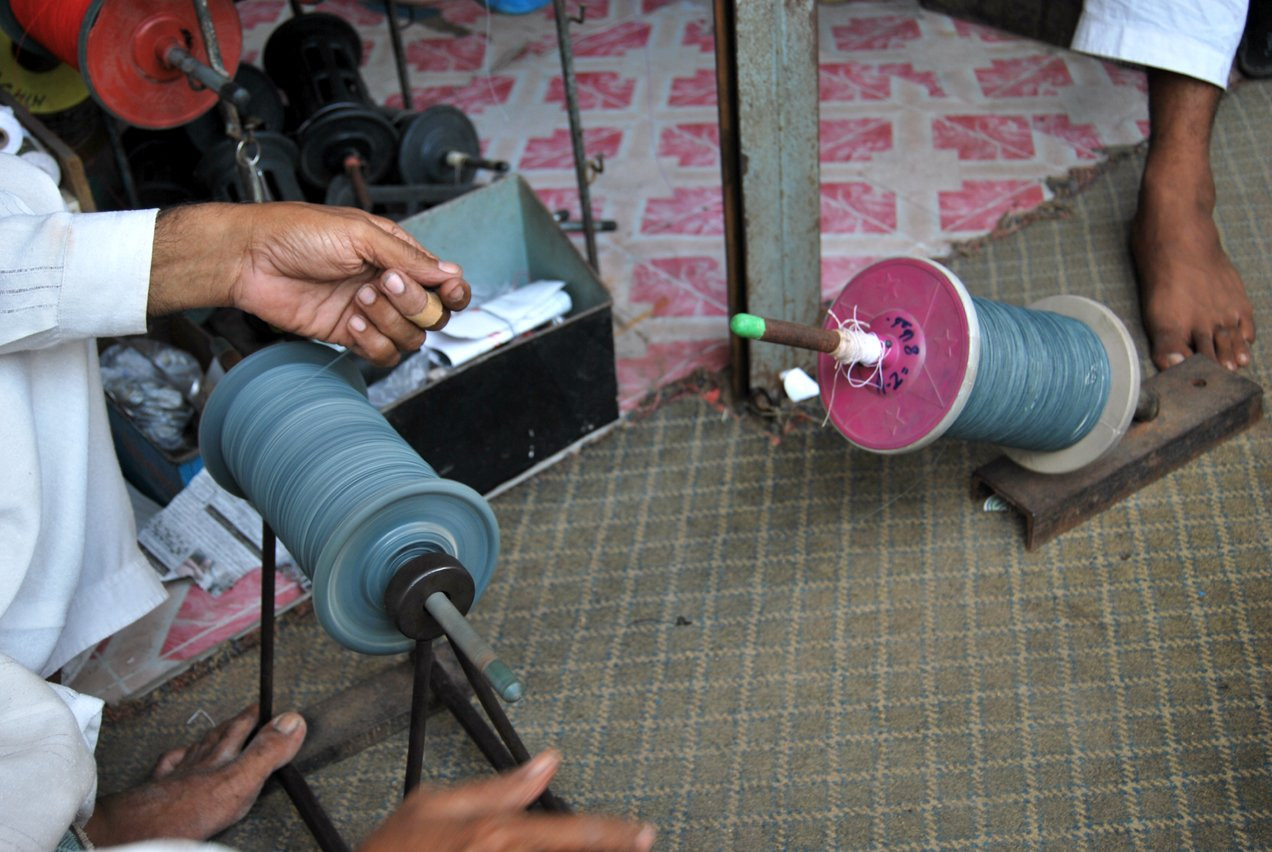 Finding the right thread
Finding the right thread
The law clearly states that "kiting" refers to the layering of metal thread, nylon string or a sharpening agent on the string, which can cause harm to human life or property. Its use is prohibited, and will constitute a bailable and non-bailable offence. In case of violation of this law, the minimum punishment is three years imprisonment and a fine of Rs100,000.
Kite flying is prohibited in any street, road, park, garden, playground, cemetery, hotel, restaurant, lodging house, house, building, any terrace or open space. Manufacturing, storage or sale of kites is prohibited. Despite the presence of such a strict law, there is no concrete enforcement. In case of incident, instead of suspending the SHO (station house officer) of the concerned area, the kite flyer should be traced.
A strict crackdown on the factories manufacturing kite-flying supplies is needed along with the imposition of a heavy fine on the owner of the house from where the kite has been flown. The biggest responsibility rests on the parents to keep a close watch on their children, reprimand and discourage them and not give them money to buy kites.
Allah Ditta, who used to make kites and strings in the past, says that he is also in favour of implementation of the legislation to eliminate metal strings. He said that the use of nylon string must be banned while only the use of cotton string with three, six and maximum nine threads should be permitted. Traditional maanjha should be applied on the string, which is made by mixing rice flour and glass powder.
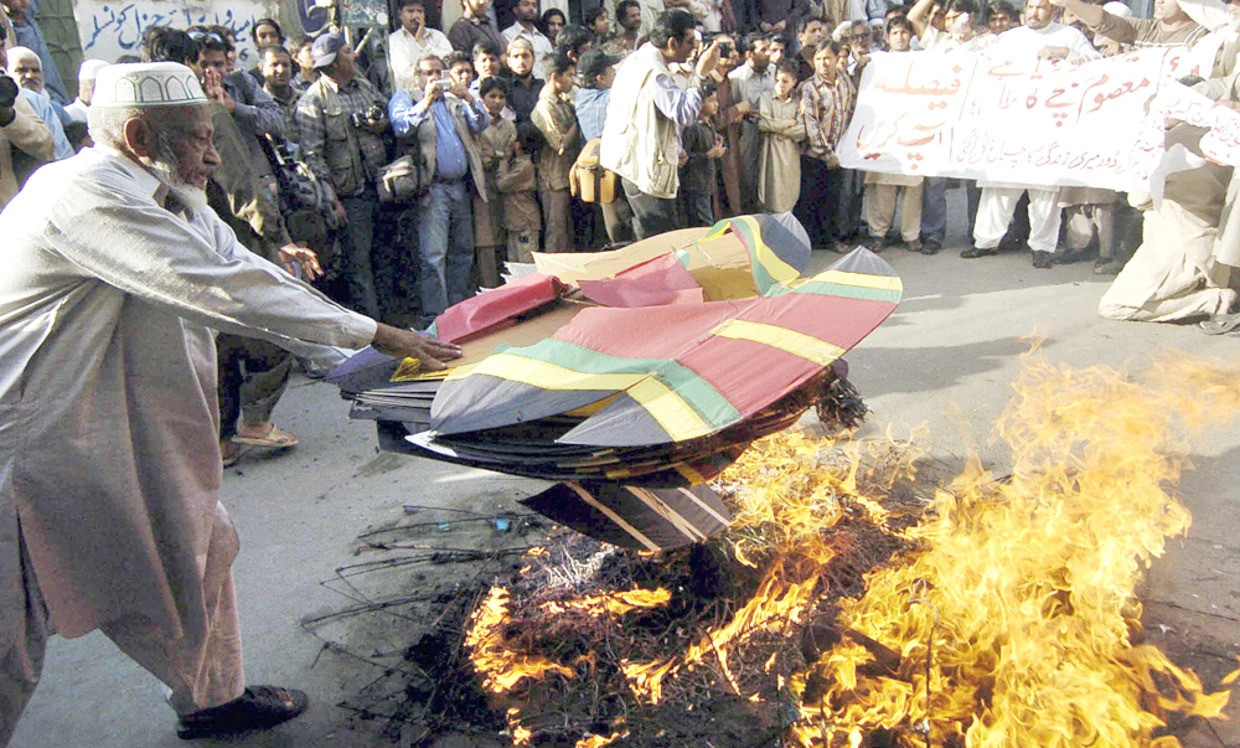
“Earlier, chemicals were being applied to nylon thread to make it deadly, but now a special thread is smuggled from Peshawar, and there is no need to apply anything on it,” shares Allah Ditta. “This string is flexible, does not break, is durable and dangerous.
The police are well aware of this type of string being manufactured and sold in different areas of Khyber Pakhtunkhwa and Punjab from where it is supplied to other cities. Apart from this, kite business is also being run through social media. The police and administration should organise a crackdown for these manufacturers.
“Kite flying has been banned for past 19 years, but people still fly kites,” points out Mian Salahuddin, grandson of Dr Allama Iqbal. “The government takes action against kite flying in Lahore, yet Basant is celebrated every year in other cities including Gujranwala, Faisalabad, Sialkot and Kasur. Basant used to be the biggest festival of Lahore and thousands of foreigners would arrive for celebrations. The festival would see economic activities worth billions of rupees in Lahore items as event management companies organised Basant parties at all scales. When metal and chemical strings were introduced, instead of taking action against metal and chemical strings, the government banned the Basant festival. Kite flying needs to be regulated because it is the use of deadly string that is the problem, not the festival.”
He pointed out that as the festival of Basant can establish a soft image of Pakistan at the global level and help promote tourism, it should be restored with strict rules and regulations. “Millions of Indians can come to Lahore to participate in this festival, as well as thousands of foreigners,” adds Mian Salahuddin. “The problem is that our bureaucrats advised the government to ban kite flying instead of removing the real problems, as though the problem will be solved by imposing a complete ban. Presently, social media platforms facilitate the sale of dangerous strings. Why does the government not take action in this regard?”
According to a Punjab Police spokesman, during the last 35 days, 3629 accused have been arrested under the Anti-Kite Flying Act and 220,000 kites and spindles have been recovered.
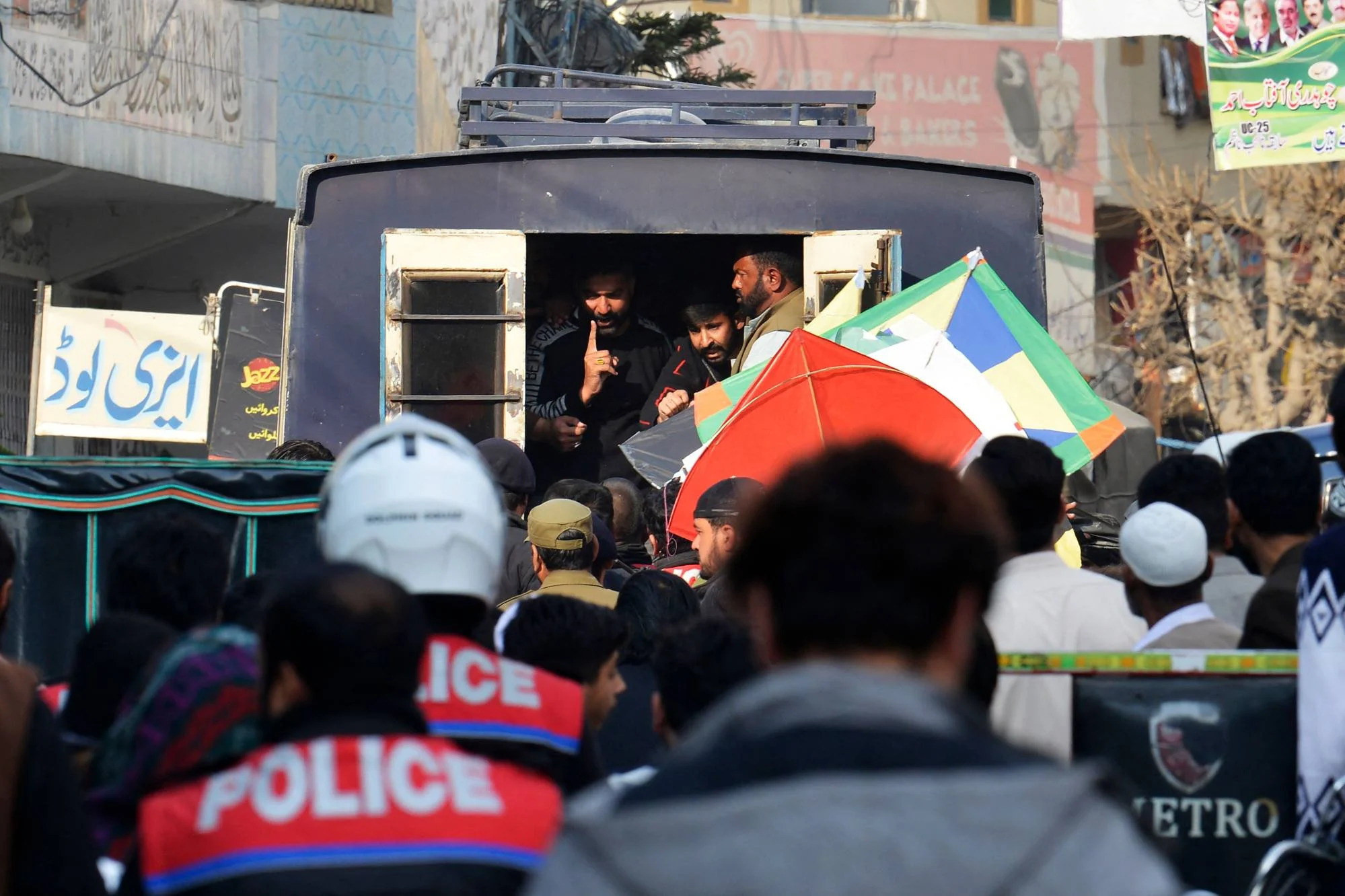
Lahore's kite flying tradition is a mixed bag. The fun festival we remember from the not-too- distant past has now become dangerous. Even with laws against sharp strings and bans on flying altogether, people still get hurt and even killed. It's heartbreaking to hear about families who've lost loved ones.
Some want to bring back Basant with safety rules, others say forget the festival, and get rid of the dangerous string. Whatever people decide, something needs to be done. The government, communities, and everyone needs to realise that the horrible stories about people getting hurt and killed are a wake-up call. We can't ignore this problem. By working together, we can take back Lahore's skies and make kite-flying fun again, just like it used to be during Basant.
